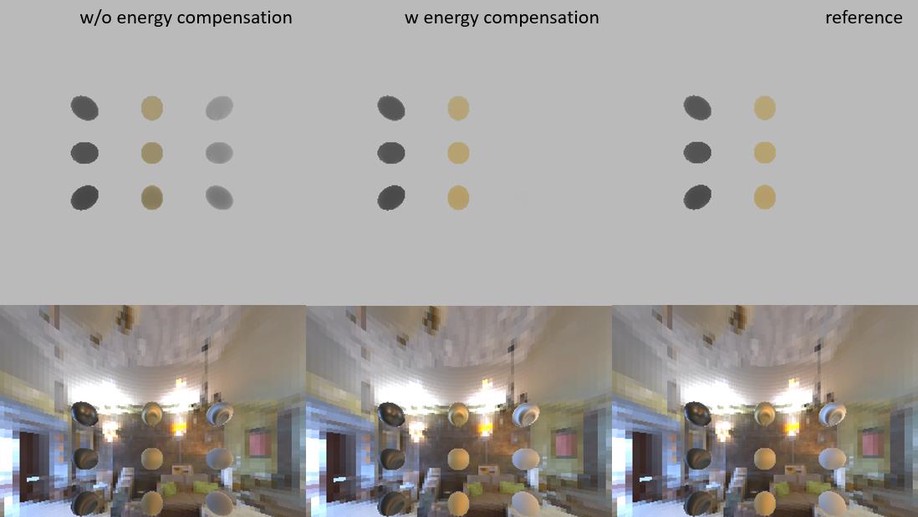Songyin Wu
University of California, Santa Barbara
Short Bio
My name is Songyin Wu (吴松隐). I am a Ph.D. student at the University of California, Santa Barbara, advised by Prof. Ling-Qi Yan. My research mainly focuses on rendering. I’m especially interested in exploring novel representations for efficient real-time rendering.
Prior to my PhD studies, I earned my bachelor’s degree at Peking University, where I was fortunate to be supervised by Prof. Baoquan Chen.
Interests
- Rendering
- Inverse Graphics
Education
-
Ph.D. Student in Computer Science, 2022 ~ now
University of California, Santa Barbara
-
BSc in Computer Science, 2017 ~ 2021
Turing Class, Peking University





